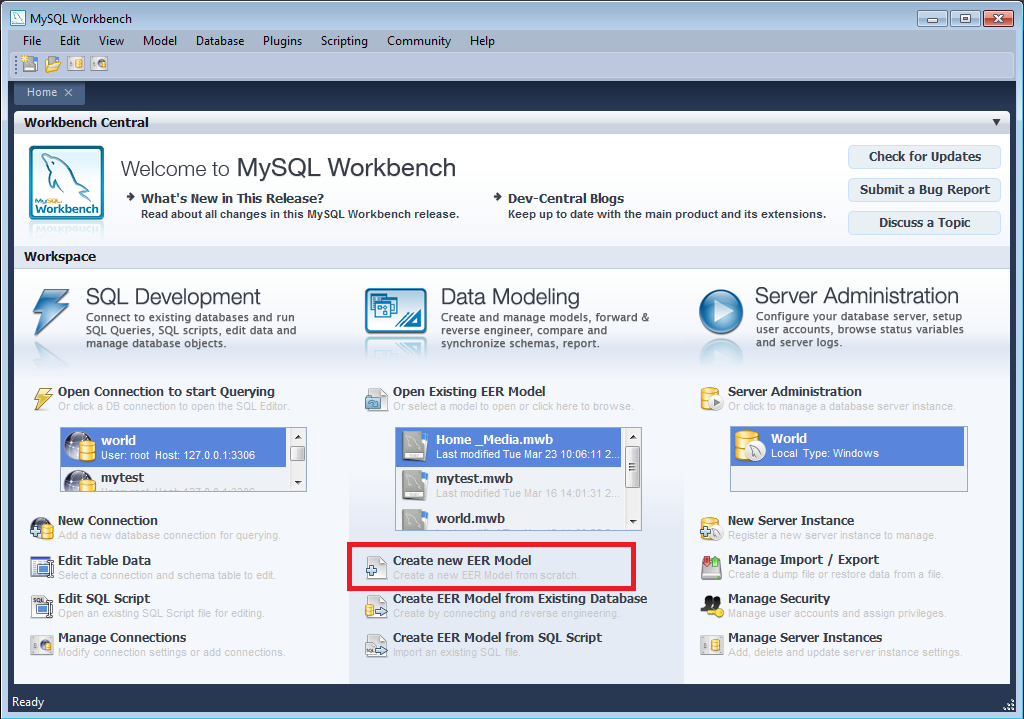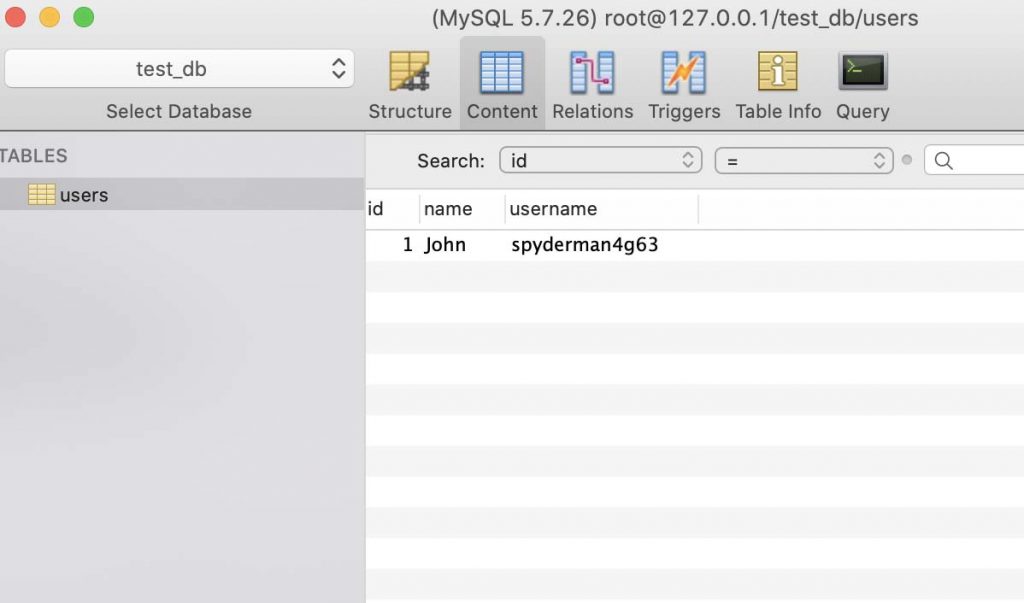

- #Mysql data dictionary for mac how to#
- #Mysql data dictionary for mac install#
- #Mysql data dictionary for mac code#
- #Mysql data dictionary for mac free#
MySQL is configured to only allow connections from localhost by default Once installed, the following message appears: We've installed your MySQL database without a root password. Wait patiently while it downloads and installs everything.
#Mysql data dictionary for mac install#
Now that Homebrew is installed, let’s go ahead and install MySQL: brew install mysql If you’re already up to date, you’ll get a message to that effect.
#Mysql data dictionary for mac how to#
While we’re at it, here’s how to update Homebrew: brew update Xcode and Homebrew should be installed once those commands have been run.īut before we move on, here’s how to check Homebrew: brew doctorįollow any prompts to fix any problems that may have been encountered. Install Homebrew: /bin/bash -c "$(curl -fsSL )" To install these prerequisites, open a Terminal window and run the following commands. You can skip this step if you’ve already got Homebrew installed.


Seeing as I’m installing MySQL via Homebrew, it requires that Homebrew is installed. The current version (MySQL 8.0.26) supports the ARM architechure.
#Mysql data dictionary for mac free#
Feel free to leave a comment below if you have any questions.Below are the steps that I used to install MySQL on my M1 Mac via the Homebrew package manager.Īs mentioned, this is an M1 Mac (which uses the ARM64 architecture) but that didn’t cause any issues.
#Mysql data dictionary for mac code#
As an example and a bonus, modify this code so that you can store this username data to a simple text file instead of just printing it out to a text file. All together nowĪnd lastly we just run the script at the terminal and view the output: python database2.pyĮxpanding on this concept there’s really no limit to processing this data. 10.) And lastly we close the database connection with cursor.close(). upper() method to turn any lower case letters to uppercase), if that condition is met then we increment the count variable by one and print out the first name.ĩ.) On line 15, once the loop is done we are print out the total number of users whose first name starts with the letter we chose. slice() method to see if the first letter of the first_name variable( first_name) is equal to the letter variable(note: I’m using. Now let’s examine the rest of the code:Ħ.) On line 9 we set our letter variable to a letter of our choosing.ħ.) On line 10 we set the count variable to zero so we can get ready to start counting.Ĩ.) On lines 11-16 we use a for loop to iterate through the users’ dictionary, then we assign the first name stored in user to the first_name variable for readability, then we use a conditional if statement and the.

By default the cursor() method returns a tuple so we are using as the argument so our data will be dictionary.Ĥ.) On line 6 we are grabbing all the user data from the auth_user table by calling the cursor.execute() method with our SQL query string as the argument.ĥ.) And finally on line seven we are calling the cursor.fetchall() method so we can grab all the users in the database and storing it in the users variable. Its arguments in order from left-to-right is your host, user, password, database.ģ.) On line 5 we are calling the db.cursor() method and storing it into the cursor variable. Examine the code below:ġ.) On line 2 we are importing the pymysql module we just installed.Ģ.) On line 4 we are connecting to the MySQL database to storing it into the db variable using the nnect() method. Our first set of code we need to establish a database connection, and retrieve the data for processing. Once you have that done then create a new python file and name it whatever you want, I’m using databases2.py, so let’s begin.


 0 kommentar(er)
0 kommentar(er)
